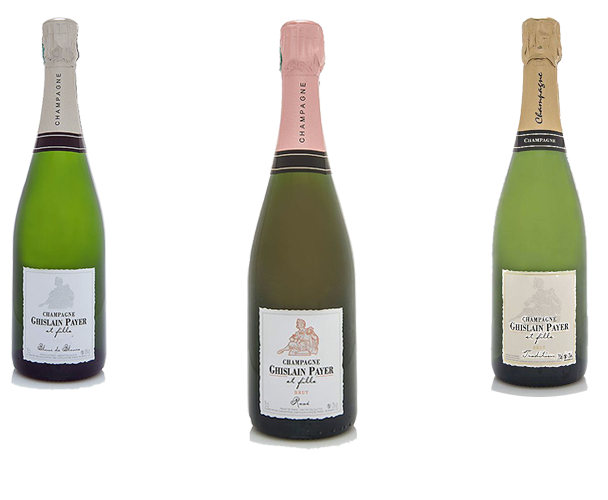Our vineyards
A terroir

The company owns 4 hectares of vines spread over about twenty parcels in Fleury-la-Rivière, with Meunier (45%), Chardonnay (45%) and a touch of Pinot Noir (10%).
We work with respect for nature, in order to pass on our vineyards to future generations the way we received them. We practice the “viticulture raisonnée” (we use phytosanitary products only when absolutely necessary) and pay our full attention to the soil that feeds our vines.
Proper pruning of the vine (‘la taille’) is a basic requirement. Regulated since 1938, only 4 pruning methods are allowed in the Champagne region. We use the Chablis method and the “Cordon de Royat” method. These techniques are aimed at voluntarily limiting the yield so that we obtain a better grape quality, where the aromas of the grapes are more concentrated.
Unnecessary buds are carefully removed (‘ébourgeonnage’) and young shoots are firmly attached to wires (‘palissage’) so that diseases and rot are kept under control, and less phytosanitary products are needed.
The harvest (‘les vendanges’) is manual to keep the grapes intact.




